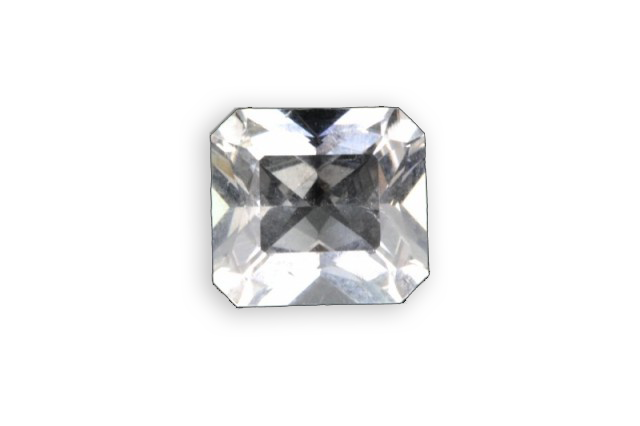
variable
Je vous emmène à travers mes vidéos découvrir mon expérience acquise depuis plus de 30 ans a silloner le globe entier à la recherche de pierres précieuses, de rencontre mémorables mais aussi de difficulté parfois …
actualités
Categories

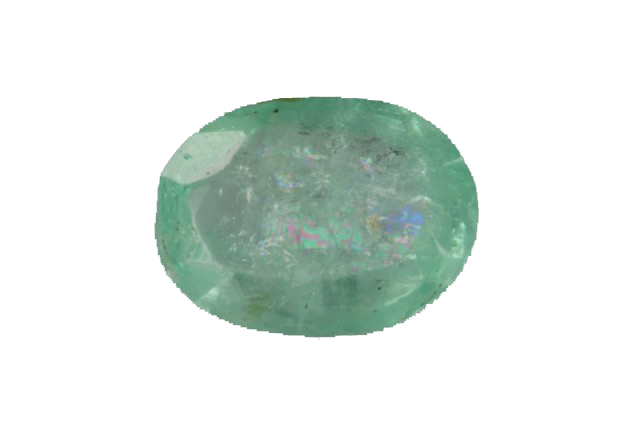
phosphophyllite
Its name recalls that it is a phosphate, and its cleavage causes leaves: it comes from the Greek “Phillon” meaning leaf. It’s a stone sought after for its beautiful bluish green color.
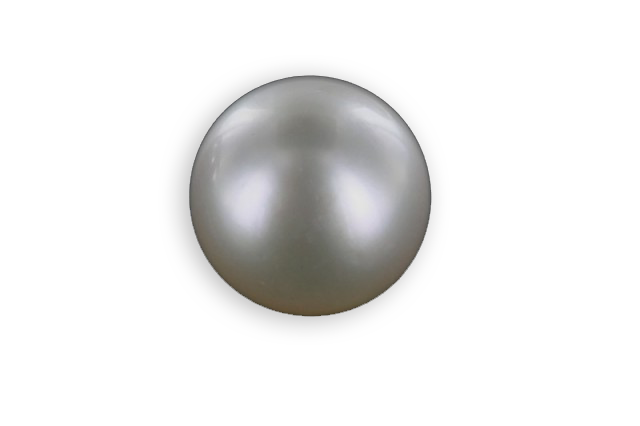
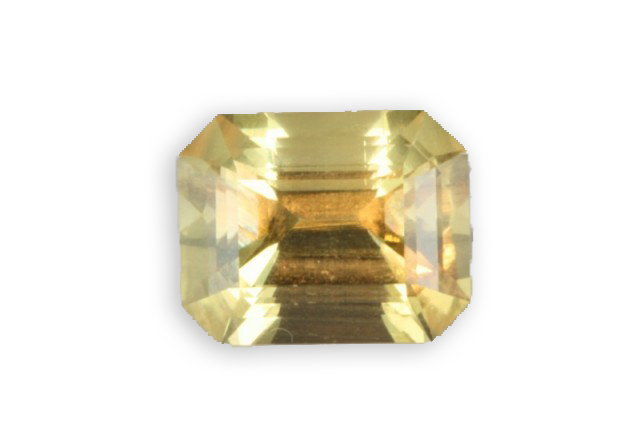
orthoclase
Described by Breithaupt in 1823, its name comes from the Greek Greek “orthos” meaning “straight fracture“, because it has the characteristic to cleave in two orthogonal planes. Named at the beginning orthoclase, orthose, its french name, was given lately by René Just Haüy. In its
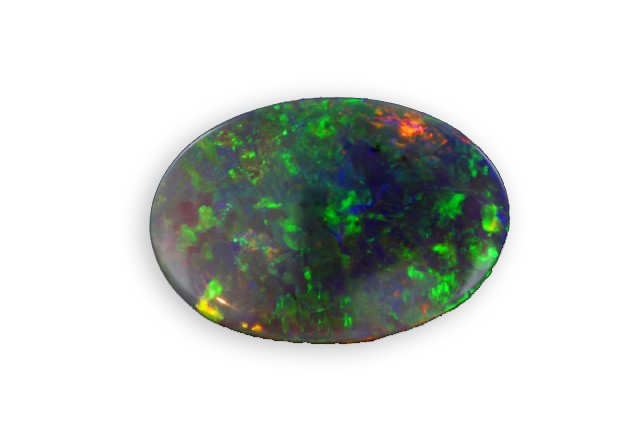
opal
Its name comes from the Sanskrit “upala” which means precious stone, or the Greek “opallios” and Latin “opalos”. It is distinguished by iridescent reflections depending on the angle of vision, recalling the rainbow, who gave the term “opalescent”. Hydrated silica gel, it does not crystallize.
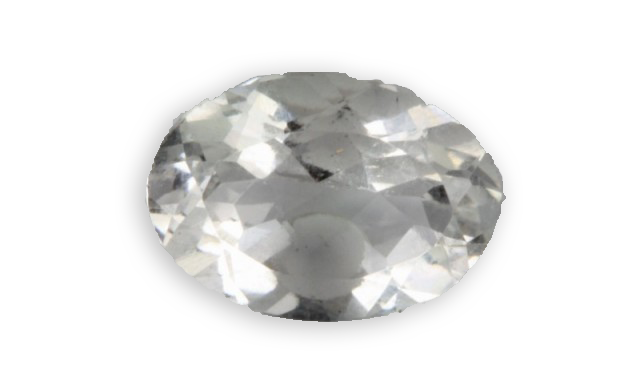
oligoclase
From the family of plagioclase, its name comes from the Greek “oligo”, a little bit, and “klassos” break, because it is a feldspar whose cleavage is more difficult than for others. It is part of the albite-anorthite series. It was identified by Breithaupt in 1826.



